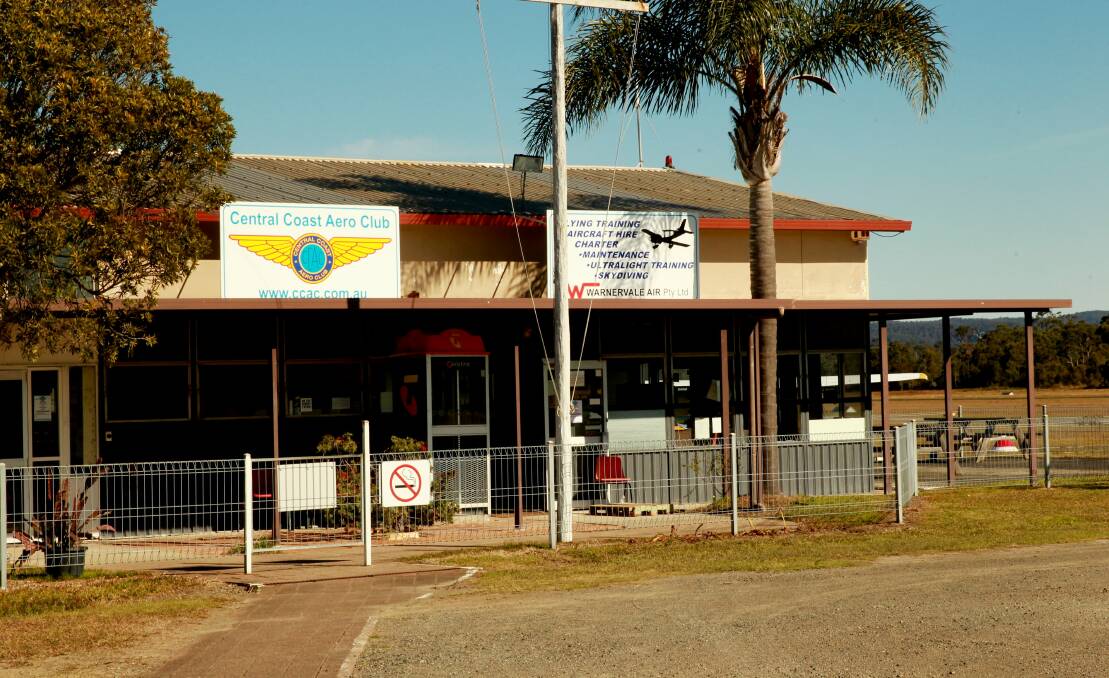
THE future of controversial Warnervale airport – and a true accounting of its secret history, cost and impact on the Hunter – is shaping up as the first big test of the amalgamated Central Coast Council.
Subscribe now for unlimited access.
$0/
(min cost $0)
or signup to continue reading
In November a majority of councillors rejected the former Wyong Shire Council’s plans for a Central Coast regional airport and aviation hub at Warnervale, at a likely cost to the council of nearly $400 million, only weeks after calling for all reports and feasibility studies to be made public.
But by December a move to overturn the decision was only narrowly defeated; a long-time airport backer, Councillor Greg Best, was vowing to force renewed voting on the airport every three months, and negative airport studies had not been made public despite the council resolution.
“There is absolutely no doubt the airport is a huge test of who’s in charge of this big amalgamated council only a few months after the election of its new councillors,” said Laurie Eyes, whose long-term campaign against an expanded Warnervale airport resulted in NSW legislation in 1996 restricting its operations.
“It’s a battle in some respects between some of the elected councillors and the staff, but it’s not just about the airport itself. It’s about what this council stands for, and whether that is fair and open process, transparency and community consultation, which were all missing with this airport proposal.”
In November the council made public reports showing a regional Central Coast airport at Warnervale would have a negative impact on more than 7000 Lake Macquarie homes in its direct flight path. The reports, dated November, also showed that positive economic assessments were predicated on the overturning of the 1996 legislation to allow the expansion plans. This is despite the NSW Government in August saying the legislation would remain in place after an extensive review, and the Department of Planning in December confirming there was “no intention for it to be repealed”.
The council has so far not released an internal feasibility study from 2013 saying the airport would continue to be a liability for the council, and industrial or related development would deliver nearly twice the cost benefit.
The council has also failed to release a 2008 internal report which recommended closing the airport because of the cost, availability of other airports in close proximity, and the loss of job opportunities from developing the site as an industrial area.
At its first 2018 meeting in February the council will consider a report on alternative uses of the site after a commitment to divert $6 million – earmarked for the airport in early 2017 under a council headed by an administrator – to job-development projects.
Mr Eyes called for a full accounting of the money spent on the former Wyong Shire Council’s various regional airport projects, including a doomed airport on a ridge, which continued while the amalgamated Central Coast Council was under an administrator.
He said it was “fantastic news” when a majority of councillors rejected the aviation hub and regional airport but “the council has spent millions of dollars in the past two years for no return”.
Central Coast mayor Jane Smith said councillors were keen to see an improvement in transparency and accountability on key issues like the airport and other legacies from the former Gosford and Wyong councils, “and it is a process”.
“The community made it clear that is what it expected from us. We need to improve the accountability of council,” Cr Smith said.

